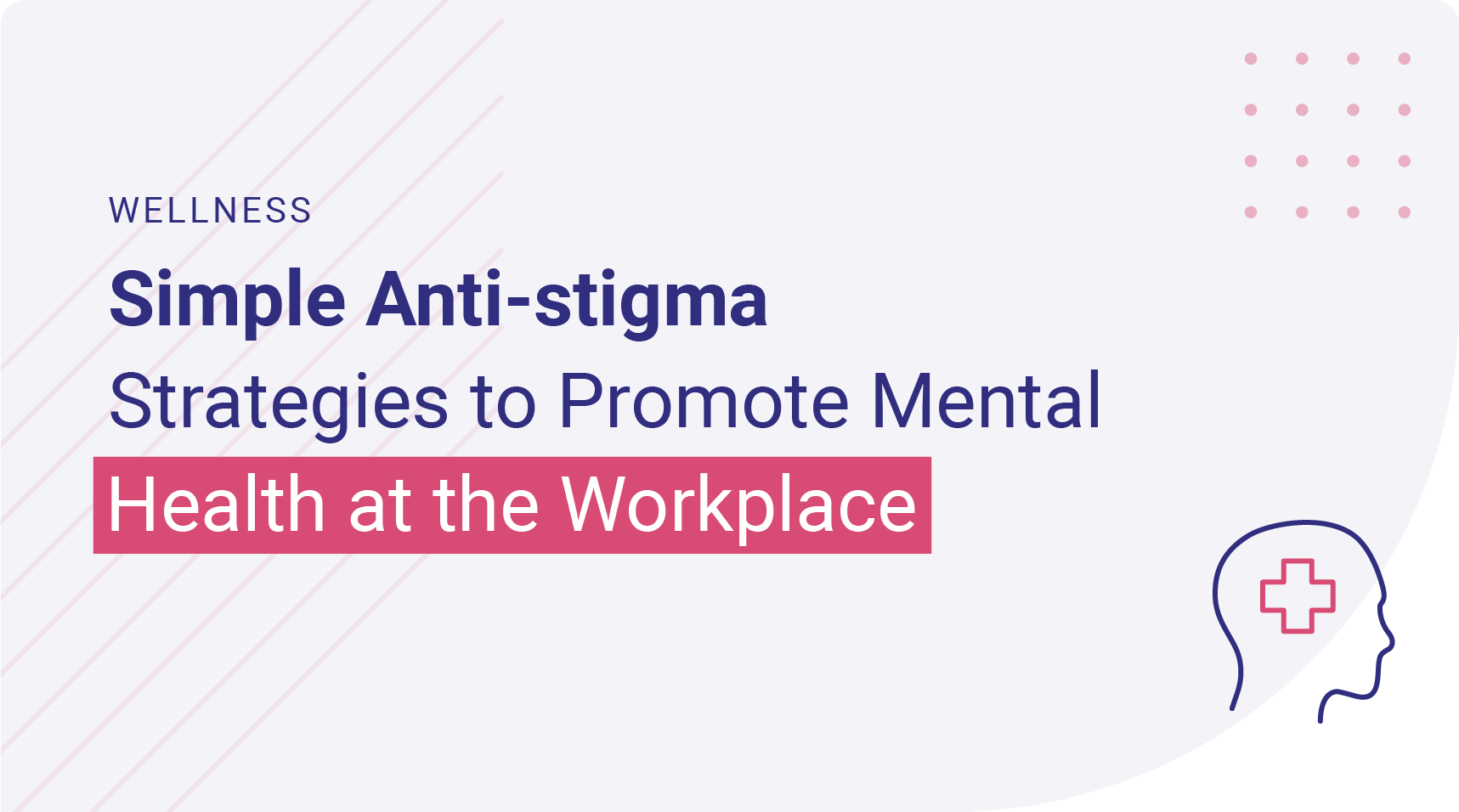Simple Anti-stigma Strategies to Promote Mental Health at the Workplace
SHARE THIS POST:

After the past couple of years of unrest, mental health has been catapulted into the spotlight and has been a big focus of many workplaces. Unfortunately, it’s a subject some businesses might need more preparation for than others. If you have mental wellness support programs for staff, use every opportunity to promote these.
For example, on October 10th of this year, there was a large campaign promoting World Mental Health Day. This was merely one opportunity to break free of the stigma following mental unwellness by holding activities to show those suffering that companies are striving for a more positive and inclusive work environment.
Through varied programs, events, and just leaving doors open, you can promote an anti-stigma culture where the topic can be discussed in the same breath as any illness. Let’s look at a few activities that will help to promote a more friendly atmosphere toward mental health.
The Strategies
While mental illness has become a prevalent issue in society, it’s also one that has been kept silent. The pandemic was a catalyst for many mental health issues, and as a result, mental health has established its voice. Business leaders are now looking to promote a positive culture, one no longer held back by stigma. Some approaches companies are incorporating for their staff include:
Employee Assistance Programs (EAP)
With an EAP, the obstacles that usually hinder employees from reaching out for help (logistics, cost of services, etc.) are eliminated. Instead, the staff are encouraged to take advantage of the available programs.
These can include counselling sessions with a psychologist, legal or financial advice from licensed professionals, nutritional counselling, coping mechanisms for stress, mental wellness screening, and more to help support employee well-being.
It can be relatively straightforward to arrange these types of programs when a clear strategy is outlined, and the right provider is chosen.
Learn more about how an EAP might be the right investment for you and your organization.
Employee Resource Group (ERG)
An Employee Resource Group compiles the company’s leaders, mental health advocates, support systems, and caregivers to align staff members with the right resource. The groups provide employees with a necessary sense of safety within their workspace and a feeling of belonging.
This program is voluntary assistance. Therefore, no one should feel pressure to participate, nor should an employee feel undue stress to disclose information concerning their wellness.
This type of option requires a communal understanding of the approach and buy-in from the entire organization.
Workplace Wellness Programs
Developing a workplace wellness program that targets promoting healthy and active lifestyles can also contribute toward mental health. There are several different ways to approach wellness at the workplace, and it all depends on your organization’s goals and the resources available to help execute your strategy.
Here is a list of available resources for employers looking to implement a workplace wellness program:
Final Thought
Regardless of the environment, the stigma concerning mental health in the workspace is fading. As a result, it’s becoming increasingly more acceptable to open the doors and start a conversation.
The sooner the correlation between mental health and physical well-being becomes a more widespread conversation topic, the expectation will be that leaders begin to provide benefits for both.
There is still a way to go before we reach the point where individuals can openly and comfortably speak about their mental health. As a business leader, leading by example and advocating for mental health is the best approach to building awareness and eliminating the stigma associated with mental illness in the workplace.
Innovation that puts you in control of your group benefits










